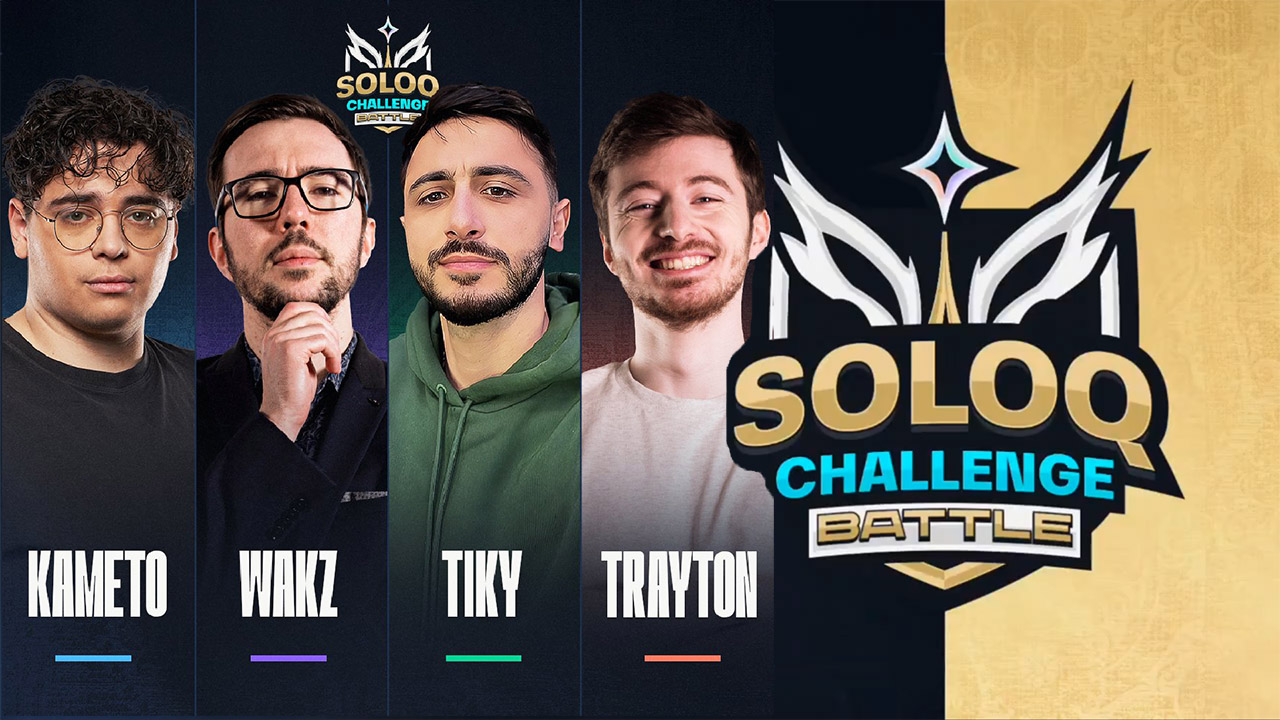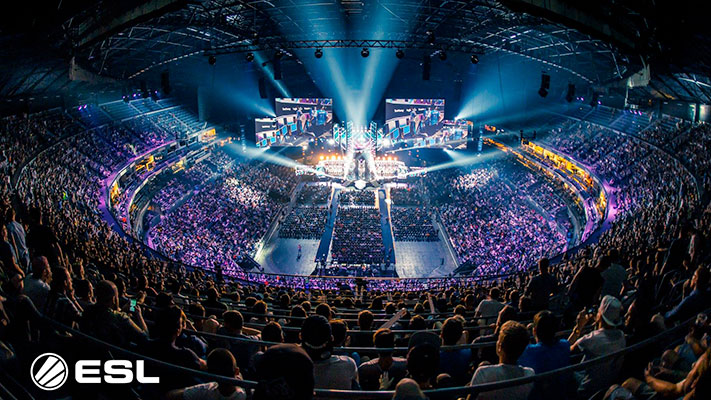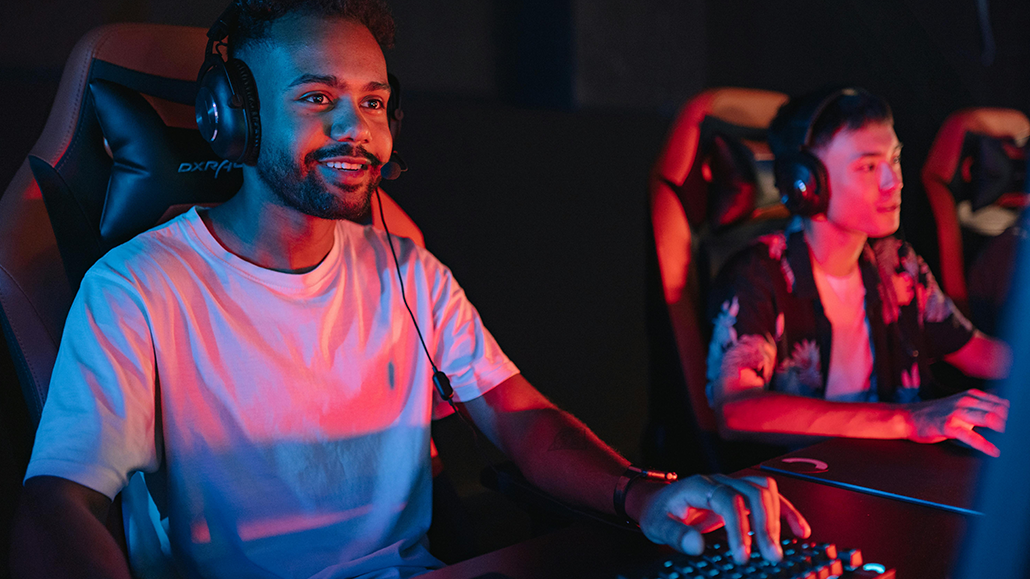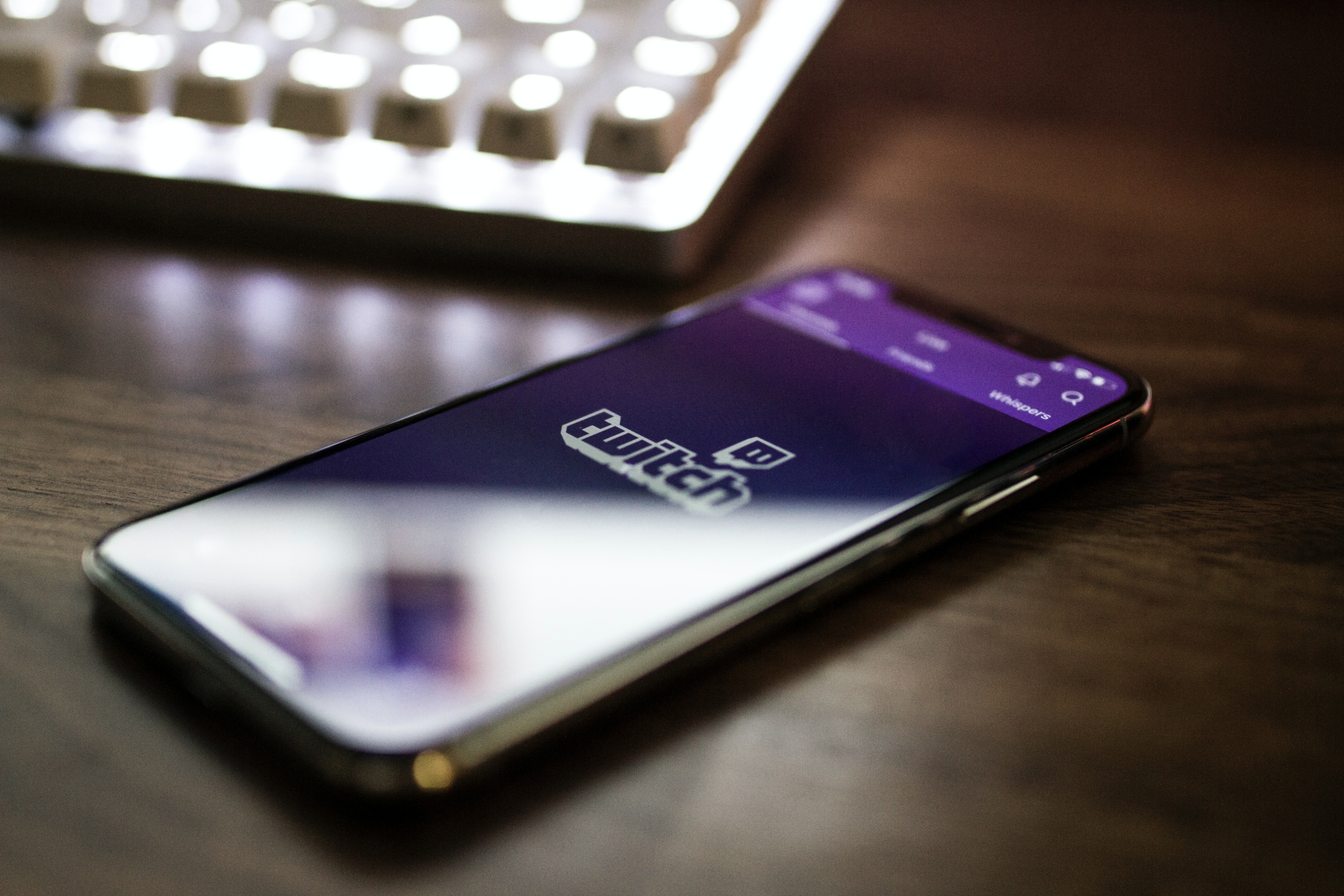The esport partnership guide is your essential ally for navigating the competitive and fast-growing world of esports. With a young and hyper-connected audience, this sector offers unique opportunities for brands, particularly through esport sponsorship, provided the right strategies are applied.
Jump Influence provides its expertise to help you identify the ideal partners, design powerful influence campaigns and maximise their impact. Whatever your level, this guide gives you the foundation for building collaborations with creators and strengthening your presence in this ever-evolving ecosystem.
Understanding the Types of Esport Partnerships
Esport partnerships are diverse and meet specific needs for brands and esport organisations. Each type of partnership offers unique opportunities to reach different segments of the gaming audience.
Sponsorship of Teams and Players
Sponsoring teams or individual players allows brands to be close to the competition and benefit from the notoriety of esport talents. This partnership type is often used to boost brand visibility and create a positive association with performance. For example, Fiverr and the esport team Aegis partnered to create new jerseys through a design competition.

The new Aegis esport team jerseys were designed in collaboration with Fiverr (source: X)
Sponsorship of Tournaments and Events
Esport tournaments and events offer unique opportunities for brands to reach a wide audience. By sponsoring an event, brands can gain significant visibility on streams, social media, and during live broadcasts.
Broadcast and Audience Partnerships
Partnerships with streaming platforms (Twitch, YouTube Gaming, etc.) enable brands to benefit from the massive audiences of esport broadcasts. This includes advertising campaigns, sponsorship of specific segments, or collaborations with content creators.
Partnerships with Gaming Influencers
Gaming influencers play a key role in engaging and retaining an audience. Collaborating with them allows brands to reach specific communities and improve their presence authentically among esport fans. For example, streamer Trayton partnered with Riot Games to create the SoloQ Challenge Battle on their famous game, League of Legends.

The SoloQ Challenge Battle is a League of Legends tournament organised by Trayton in collaboration with Riot Games (source: Actustream)
Technological and Infrastructure Partnerships
For tech companies such as Orange, supporting esport infrastructures is crucial. From game servers and competition platforms to streaming solutions, these are strategic ways to establish presence as technical partners of esports.
Building a Winning Esport Partnership
For an esport partnership to be successful, it is vital to carefully plan the strategy and follow the key steps outlined in this guide to structure an effective collaboration.
Defining Partnership Objectives
It is essential to set clear, measurable objectives from the start. Whether it’s raising awareness, boosting engagement, or driving sales, objectives guide strategic decisions and resource allocation. Many brands use esports to reach a young, engaged audience. For instance, Red Bull sponsors teams and events to associate its image with performance and energy.
Identifying the Right Partner
Choosing the right partner is key to a successful collaboration. A brand must associate itself with a team, player or influencer whose values and audience align with its image and goals.
Negotiating Terms and Conditions
The terms and conditions of an esport partnership must be precisely defined to avoid misunderstandings and ensure effective collaboration. Division of responsibilities is central to negotiation. For example, when Kappa sponsors team Aegis, they may require their logo to appear on uniforms and official posts. Duration is also critical: some brands like Mastercard prefer long-term collaborations, especially for major events such as League of Legends tournaments.
Implementing a Communication Strategy
The success of a partnership relies heavily on effective communication. Campaigns, announcements and social media posts must align with brand strategy to maximise impact. Mercedes-Benz, by sponsoring the ESL (Electronic Sports League), ensured visibility during live events but also reinforced its presence coherently on social platforms.

ESL has partnered with brands such as Mercedes-Benz, Spotify and Monster Energy to organise tournaments (source: Geek Generation)
Measuring Return on Investment
Evaluating ROI is essential for measuring effectiveness and shaping future strategies. Engagement rate, closely monitored by brands, is a key indicator. By analysing interactions on social networks, brands understand how their target audience engages. For product-based companies like Corsair, promo codes track sales directly from influencer campaigns.
Managing Risks and Reputation
The esport sector evolves rapidly, with potential risks for brand reputation. It is crucial to select reliable partners and constantly monitor industry trends. For example, Logitech partners with reputable influencers to avoid risks of inappropriate behaviour. In crises, some brands prefer to end controversial partnerships to protect their image.
Maintaining the Relationship Long-Term
A sustainable partnership requires ongoing attention. Regular reviews, adjustments and open communication help optimise collaboration long-term and create mutual benefits. For long-term partnerships, diversifying actions helps maintain public interest. Nike not only sponsored teams but also developed esports-specific product lines, strengthening its association with the sector.
In Brief
Esport partnerships are a unique opportunity for brands to integrate into a booming sector. With varied collaborations, every brand can reach a young, engaged and connected audience. By following a structured strategy — defining clear goals, choosing the right partners and measuring impact — it is possible to maximise visibility, engagement and ROI. Esport campaigns are also powerful tools to captivate connected generations and anchor a brand in this fast-growing cultural space.
FAQ – Esport Partnerships Guide
Q1 – What is an esport partnership and why is it important?
An esport partnership is a collaboration between a brand and actors in the esport world (teams, players, influencers, events, etc.) to reach a passionate, connected audience. These partnerships are key for boosting awareness, engaging young audiences and reinforcing brand image in a growing sector.
Q2 – What types of partnerships are possible in esports?
Esport partnerships include sponsoring teams, players, tournaments and events to strengthen visibility and highlight performance. They also involve collaborations with streaming platforms, gaming influencers for specific communities, and technological partnerships supporting infrastructure.
Q3 – How do you choose the right partner in esports?
Select a partner whose audience and values match your brand. Analyse reputation, influence, and alignment with your strategic goals.
Q4 – What are some examples of successful esport partnerships?
- Fiverr x Aegis: Design of esport jerseys.
- Trayton x Riot Games: Organisation of the SoloQ Challenge tournament.
Q5 – Why is esports a key sector for brands?
Esports, with its young and engaged audience, offers an ideal ground to capture the attention of connected generations, embed within cultural dynamics, and embody values of performance and innovation.





